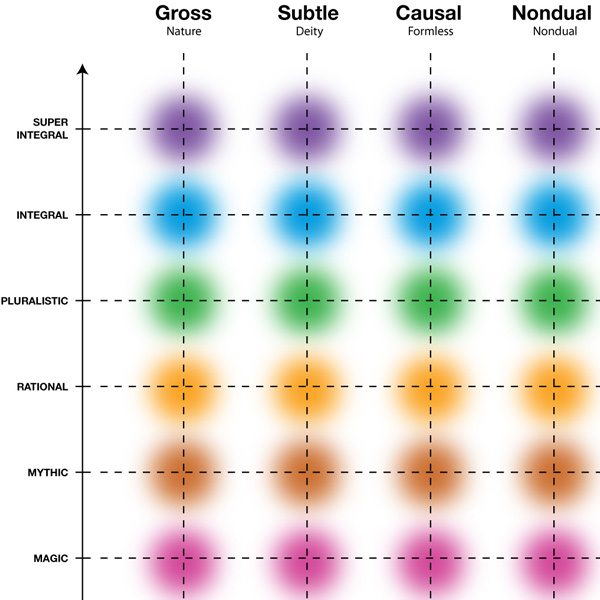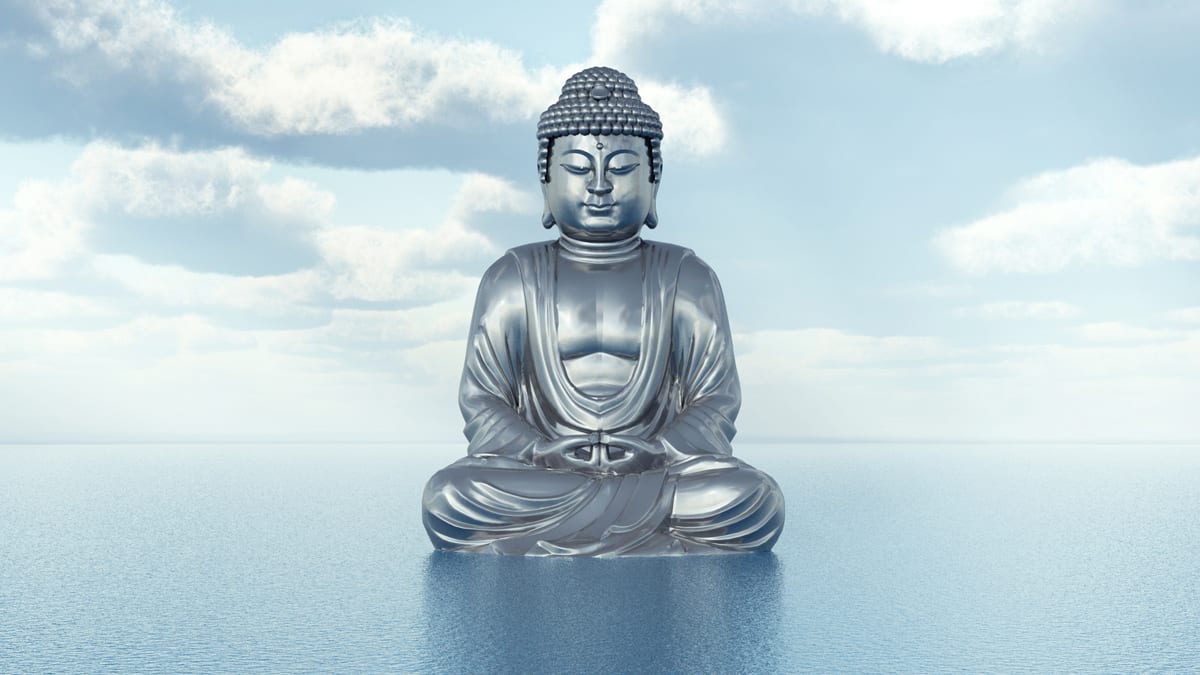I can tell you how it all began: In 1980, I was sitting in Madison Square Garden listening to Krishnamurti—and I couldn’t understand what he said. And I thought, ‘Maybe if I can understand what he’s saying, then maybe I can explain it better for the general public.Deepak Chopra
In his book Buddha: A Story of Enlightenment, Deepak offers us his own creative vision for how it may have felt—from the inside, in first-person narrative—for Gautama Buddha during his search for, and realization of, spiritual Enlightenment. But not everyone is thrilled about Deepak’s treatment of the founder of this great tradition. Deepak and Ken discuss many perspectives related to this naturally sensitive subject, in search of a more comprehensive and integral view.
As Deepak is the first to admit, his new book Buddha is a fictionalized treatment of the life and awakening of Gautama Buddha—in fact, the subtitle to the book says as much up front: A Story of Enlightenment. For that matter, Publisher’s Weekly wrote “Chopra scores a fiction winner.” Everyone seems pretty clear about the fact that Deepak took the creative liberties needed to describe a first-person account of what Gautama Buddha may have been thinking, feeling, and experiencing during various stages of his life and awakening. And yet, certain traditional Buddhist scholars, teachers, and academics find the book offensive, mis-leading, and possibly even heretical.
 The “Wilber-Combs Lattice” demonstrates the interplay of structures of consciousness (vertical axis) with states of consciousness (horizontal axis), revealing an entire matrix of possible spiritual experience.
The “Wilber-Combs Lattice” demonstrates the interplay of structures of consciousness (vertical axis) with states of consciousness (horizontal axis), revealing an entire matrix of possible spiritual experience.
As Deepak and Ken discuss (and we hear the Dalai Lama agrees), that kind of perspective rather seems to miss the point: if the popularizing influence of a fictionalized account of the life of Buddha brings a wider audience of people to an appreciation of the Buddhadharma, isn’t that ultimately a successful expression of upaya, or skillful means? Is it not the duty of a bodhisattva to use skillful means to communicate the truth of Reality by whatever means actually work? And once introduced to this wonderful tradition, is it not likely readers will be turned on to Buddhism in general, and start exploring the detailed and rigorous offerings of other teachers, scholars, and writers? To suggest that a man with a medical degree from Harvard is incapable of understanding the true sophistication of the Buddhist tradition is just silly—it’s simply not what he was going for in this particular work.
Deepak and Ken also touch on the always-lively topic of how to interact with people who stridently insist that scientific materialism is the only approach that’s “really real” (e.g., a world with no respect or understanding for the true depth of the consciousness principle, and certainly no room for a transcendental or universal Spirit). In a surprisingly humorous account, Deepak goes on to describe getting kicked out of a major conference for rebutting a particularly offensive presentation by Richard Dawkins—a spat that he assures us he’s over now, but it’s a darn good story nonetheless.
As time has shown again and again, for any discussion of spirituality and religion in the modern and postmodern world to get any real traction, there are several key ingredients that you simply must have, or the conversation goes nowhere, and often goes nowhere with great ferocity. A truly Integral dialogue would include All Quadrants, Levels, Lines, States, and Types (AQAL for short), but the bare-bones framework you need to make any sense of spirituality at all is simply the distinction between states of consciousness and stages of consciousness.
States of consciousness are ever-present possibilities, the five most common being gross (waking), subtle (dreaming), causal (deep sleep), witnessing (turiya), and nondual (turiyatita) .Each state can be penetrated with full wakefulness and clarity,whereupon, the great traditions say, one can contact deeper and deeper dimensions of reality, and ultimately awaken to the nondual Ground of All Being. Stages of consciousness refer to the developmental structures in consciousness through which each of these profound states will necessarily be interpreted—and the first great explorers and theorists of structures of consciousness, referred to as sheaths above,were Vajrayana and Vedanta practitioners. What the modern West has brought to the game is a much more thorough exploration of how developmental structures unfold in human beings (although not typically understood in a spiritual context, which is where a truly Integral Spirituality is useful in bringing these two worlds together). Using Jean Gebser’s terms, these stages run from archaic to magic to mythic to rational to pluralistic to integral and super-integral—everyone starts at square one at birth, and stages can be skipped (that’s what makes them stages). But here’s the fascinating thing: all five major states of consciousness can be experienced at nearly any stage of development! Using five states and the seven stages mentioned here,that’s at least 35 distinct spiritual experiences, and the fact is,they are all real. Without a framework that can take into account just how wide (states of consciousness), and how deep (structures of consciousness), the spiritual-religious terrain really is, any conversation about spirituality in today’s world is going to be sorely lacking.
Finally, an Integral Approach is valuable in that it vigorously defends against the myth of the given, or the philosophy of consciousness, or the belief that there is one pre-given reality—from sensorimotor to metaphysical—and that all you have to do is “see it correctly.” To explore this topic, which is absolutely crucial for spirituality and religion to gain credibility in the modern and postmodern world, see Ken’s Integral Spirituality, and particularly appendix III.

Become a member to access the full episode
Start building your big picture mind & support the global emergence of Integral consciousness

“Integral Life is the most important and globally-relevant platform for the leading edge of Integral consciousness evolution”
– Eugene P.
About Deepak Chopra
Deepak Chopra, M.D. is the author of more than 70 books, including twenty-one New York Times bestsellers. His medical training is in internal medicine and endocrinology, and he is a Fellow of the American College of Physicians, a member of the American Association of Clinical Endocrinologists, and an adjunct professor of Executive Programs at the Kellogg School of Management at Northwestern University and Columbia Business School, Columbia University.
About Ken Wilber
Ken Wilber is a preeminent scholar of the Integral stage of human development. He is an internationally acknowledged leader, founder of Integral Institute, and co-founder of Integral Life. Ken is the originator of arguably the first truly comprehensive or integrative world philosophy, aptly named “Integral Theory”.

